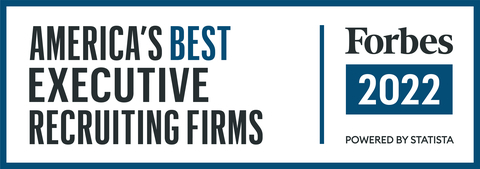Talent will get you in the door, but
character will keep you in the room.
Retail’s New Rush To Rent
Steve Dennis Senior Contributor Retail

While the overwhelming majority of retail involves a transfer of ownership from seller to consumer, renting products is hardly a new concept. The so-called rent-to-own industry is large and well-established, led by companies like Rent-A-Center. This market sector mostly focuses on lower income and highly transient populations, while featuring big-ticket items like appliances, home electronics and furniture. Home Depot, as well as quite a a few other retailers, have long rented out trucks, tools and other comparatively expensive items where it does not make economic sense for consumers to own the item for a one time or occasional use.
What is new is the emergence of a retail rental model that shifts the target customer, leverages e-commerce and takes a decidedly more fashionable focus. In recent months, several major retailers, including Banana Republic and Ann Taylor, have launched their own iterations. To be sure, the notion of renting clothing is not innovative. But for a long time it was mostly relegated to wedding and prom apparel. In this way, it’s not all that different that renting tools. Tuxedos are relatively expensive items that most folks don’t use very often.
This new model was pioneered by Rent the Runway, which launched in late 2009 and was initially focused on renting out expensive dresses and accessories for special occasions. The company, which was valued at over $1 billion in a new funding round earlier this year, has since introduced a monthly subscription service that offers a regular offering of more everyday casual clothing and career wear. Like most digitally-native venture capital funded disruptors, Rent the Runway is also now opening brick & mortar locations. Fun fact: it also reportedly operates the world’s largest dry cleaning facility.
At one level, I applaud well-established retailers sudden interest in this rapidly growing part of the market. Investors and consumers alike are embracing the used—or is it “gently worn”?—market, whether it’s via subscription rental or the resale market. In fact, just last week both J.C. Penney and Macy’s announced partnerships with secondhand clothing start-up ThredUp. Earlier this year, TheRealReal, the upscale re-commerce market leader, went public and is now valued at over $2 billion. Too often legacy retailers sit and watch while insurgent brands seemingly come out of nowhere and nibble away at valuable market share. Participating in a major trend is far better than being left behind—or trying to catch up later.
At another level, I take a bit more skeptical view. We don’t know much about the underlying economics of either of these used clothing models. For the one company where we do have public data, we know they lose a bunch of money, seemingly with no prospects for breaking even any time soon.
We also know that most retailers are pretty bad at successfully managing innovation. Some of this is cultural. Some of this relates to the widely different compensation (and resulting talent) models between entrepreneurs and corporate minions. Some of this is because most established brands demand to see profits much faster than start-ups. A lot of it is because big companies have a hard time effectively and aggressively competing with themselves, finding themselves stuck on what is often referred to as the cannibalization effect.
Regardless, it seems clear that the market for both subscription rental apparel and resale will continue to grow much more rapidly than the broader apparel and accessories market. For this reason, it simply cannot be ignored. Whether these new efforts on the part of these old brands can be executed well remains to be seen.



